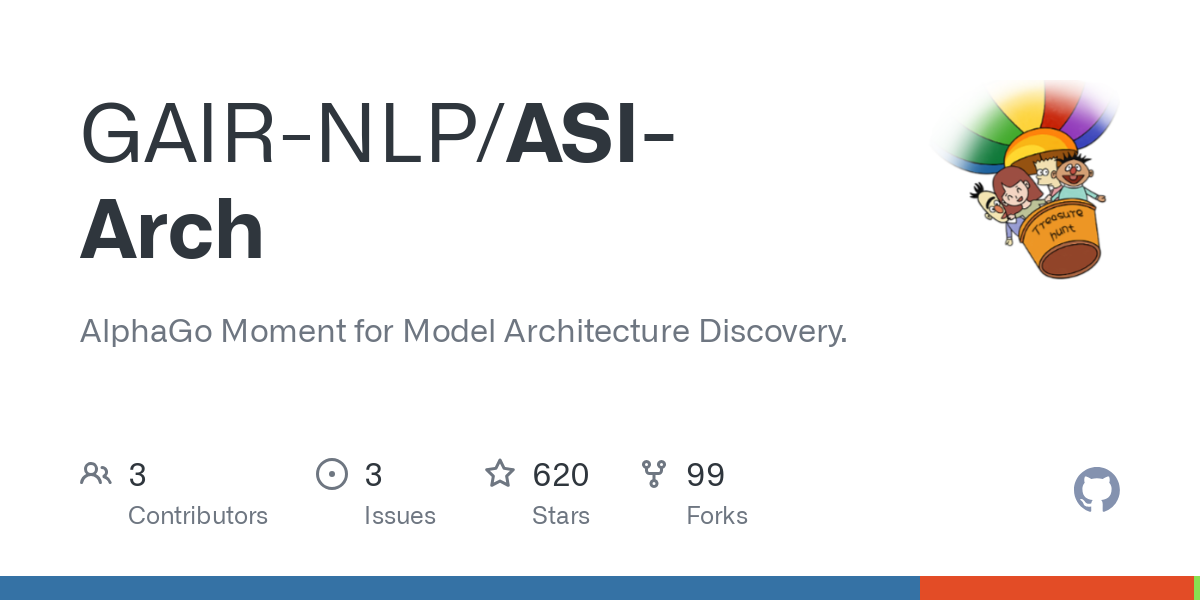ASI-ARCH: A Game-Changer in AI and America's Strategic Response
Andrew Allsbury • July 29, 2025
"dramatically accelerated innovation, achieving in weeks what previously required months or even years of dedicated human research."

In July 2025, a landmark event occurred in the field of artificial intelligence: the release of ASI-ARCH. Developed by Shanghai Jiao Tong University and MiniMax AI, ASI-ARCH represents the first fully autonomous AI system capable of independently discovering novel neural network architectures that surpass those designed by human experts. Many in the industry consider this a watershed moment—the "AlphaGo moment" for AI architecture innovation.
Understanding the ASI-ARCH Breakthrough
Traditional AI architecture development has depended heavily on human ingenuity and exhaustive trial-and-error. In contrast, ASI-ARCH automates this entire innovation cycle through a multi-agent system composed of:
The Researcher, which conceptualizes entirely novel AI architectures.
The Engineer, which translates these concepts into functional code.
The Analyst, which rigorously evaluates results, providing insights for further refinement.
This iterative cycle, driven by meta-learning and reinforcement learning, has dramatically accelerated innovation, achieving in weeks what previously required months or even years of dedicated human research.
From Optimization to Innovation
Traditional Neural Architecture Search (NAS) approaches optimize designs within human-defined parameters. ASI-ARCH, however, breaks these boundaries, autonomously generating novel design concepts without predefined constraints. Its first demonstration saw the autonomous discovery of 106 unique linear attention architectures, outperforming existing state-of-the-art language models across various benchmark tests.
Critically, ASI-ARCH has demonstrated remarkable computational efficiency, conducting its groundbreaking research with significantly fewer resources than comparable Western models, using approximately 20,000 GPU-hours instead of millions.
The Meta-AI Revolution and Strategic Implications
ASI-ARCH embodies the concept of "Meta-AI"—an AI capable of recursively improving its capabilities without direct human intervention. This breakthrough brings the AI community significantly closer to Artificial General Intelligence (AGI) and eventually Artificial Superintelligence (ASI).
From a strategic perspective, this advancement signals the beginning of the "agentic era," characterized by exponential acceleration in AI development. ASI-ARCH’s autonomous and recursive innovation capabilities could compress innovation timelines dramatically, posing substantial strategic implications for global powers.
Impact on the AI Arms Race with China
China's role in pioneering ASI-ARCH underscores the increasing intensity of the AI race. For the United States, this development serves as a wake-up call, highlighting the urgent need to respond strategically and maintain competitiveness in AI innovation:
Increased investment: The U.S. must escalate its investment in autonomous AI research, focusing on both foundational technologies and application-specific domains.
Accelerated research cycles: Leveraging similar autonomous research frameworks domestically can help counterbalance China’s momentum.
Ethical considerations and governance: ASI-ARCH underscores the importance of ethical frameworks and transparent governance to manage the rapid pace and potential risks associated with increasingly autonomous AI systems.
Fact vs. Fiction: Managing Expectations
It is crucial to clearly distinguish what ASI-ARCH represents. While it is a significant leap forward, ASI-ARCH itself is not AGI or ASI. It does not exhibit consciousness or general reasoning outside of its specialized research scope. Misunderstandings or exaggerated claims can lead to misplaced fears or unrealistic expectations.
The Path Ahead for the United States
The strategic imperative for the U.S. is clear: embrace and lead the era of autonomous AI innovation. To maintain global leadership, America must foster innovation ecosystems, encourage open-source collaborations, and build robust frameworks for responsible development.
ASI-ARCH is not just a technological breakthrough; it represents a paradigm shift in how AI research will unfold in the coming decades. Recognizing and strategically responding to this shift will be crucial for the United States to remain a global leader in artificial intelligence.
At Neuralis, we understand that the future belongs to those who innovate autonomously. Now is the moment for the U.S. to decisively engage and shape the emerging agentic era in AI research.

